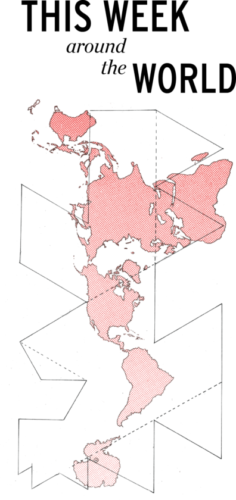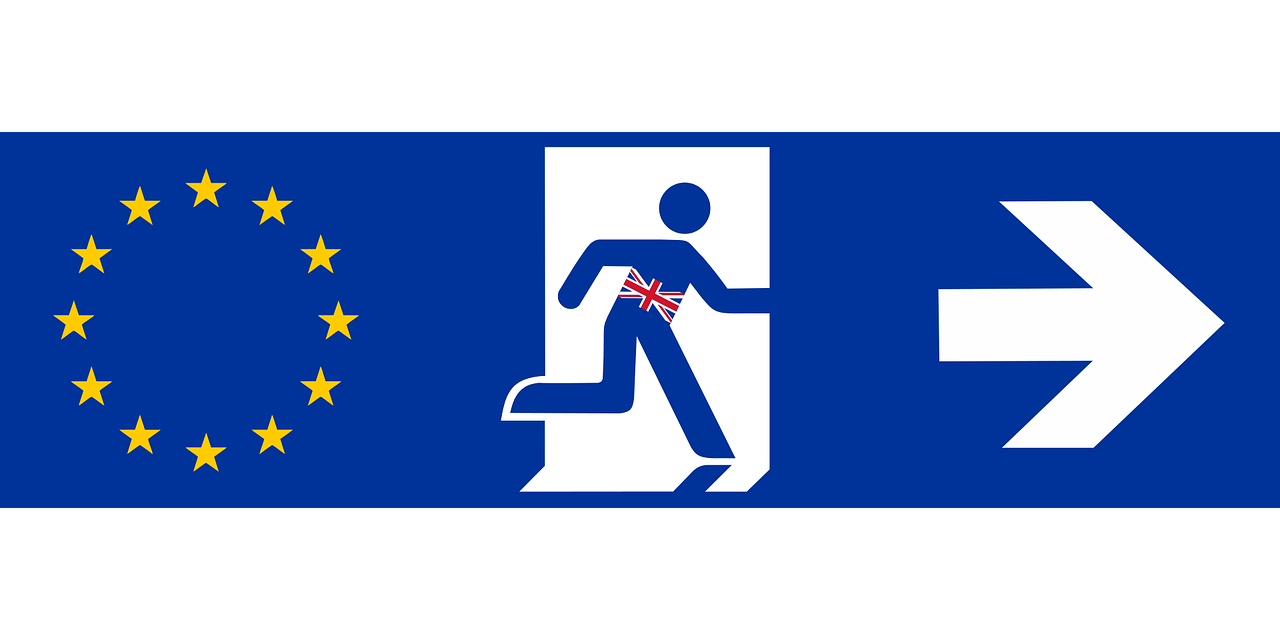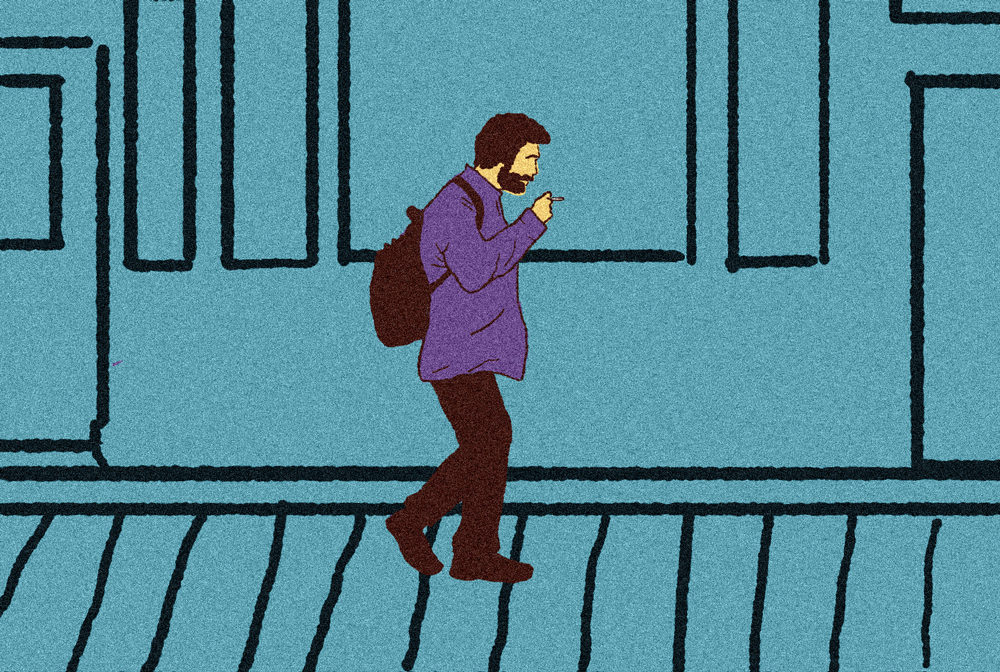Thousands of yellow vest demonstrators—named for the high-visibility jackets worn—have descended into the streets of France for the sixth consecutive week to protest planned tax increases on gas amid rising fuel prices.
According to Transport Minister Élisabeth Borne, the tax on gasoline will go up by approximately 12 cents per gallon by Jan. 1 and by 28 cents per gallon on diesel. Gas taxes will rise another five cents per gallon by 2020, with diesel adding an additional two cents. Gasoline and diesel cost around $7.06 per gallon in Paris already, as reported by VOX.
“As small businesses have been dying in these smaller cities and towns, people find themselves forced to seek jobs elsewhere and to shop even for basic goods in malls,” said Alexis Spire, a French sociologist, as quoted by the New York Times. “They need cars to survive because regional trains and buses have declined or no longer serve them. Once you begin to unpack the Yellow Vest phenomenon, the uprising is a lot about mobility.”
Beginning on Nov. 17, motorists blocked highways across the country, setting up a variety of barricades while deploying convoys. According to Al Jazeera, around 300,000 protested in the streets of France that day, with over 100,000 in attendance Nov. 24 in what devolved into violent protests.
President Emmanuel Macron condemned attacks on police officers in a tweet, saying, “Shame on those who attacked them” and “[There is] No room for this violence in the Republic.” Macron originally refused to reconsider the price hikes, stating it will help the reduction of fossil fuels in France by creating a financial incentive to drive less and use more environmentally friendly means of transport.
As protests continued unabated, Macron announced a few changes such as tax cuts and income increases for working, poor and struggling middle-class families, while vowing to raise the pay of the minimum wage workers.
In a display harkening back to the French Revolution, a guillotine was erected on Dec. 9 bearing the name La République En Marche!, Macron’s political party. Though Dec. 22 saw the number of protesters dwindle down to 40,000, demands have expanded to include the Macron presidency itself.





